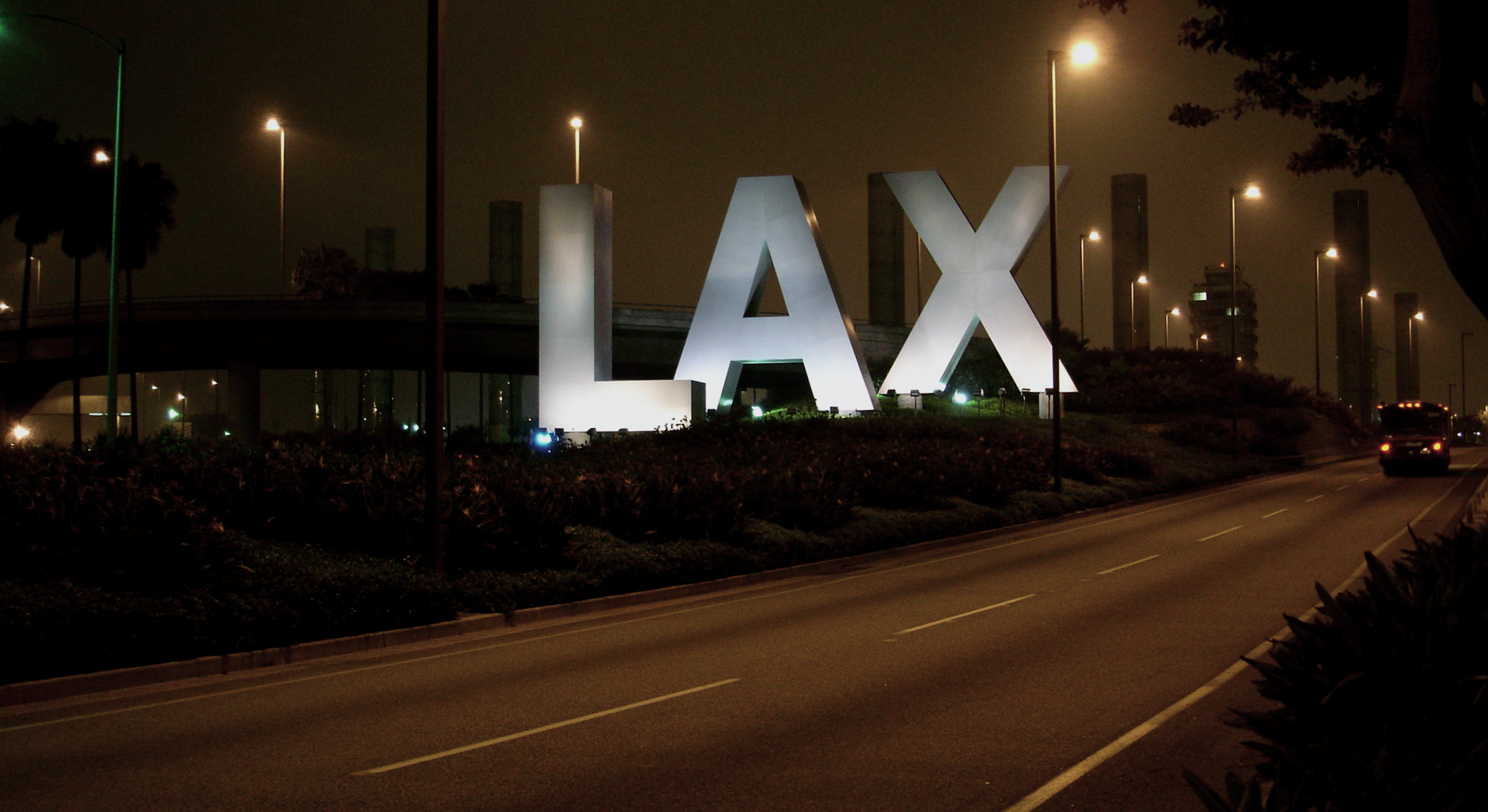I’m currently planning a trip to Las Vegas for in 2 weeks. Since there are no direct flights from Melbourne to Nevada’s Sin City, I’m flying through the US’s third busiest airport, Los Angeles or simply called LAX after it’s IATA code. I have only been once to Los Angeles and its airport and I was 12 years old at the time. Therefore I can’t really remember it any more (probably because Disneyland was far more interesting than airports in those days). Besides, even if I could remember it vividly, I doubt it would still look the same today (let’s hope it doesn’t!). That’s why I want to provide you with an interesting little experiment: I’m going to show you how to research LAX for its facilities and then compare my analysis with the real results when I’m there. So here’s part 1 of the research.
When researching an airport there are a few general options you have:
- Ask friends who have been there
- Ask your travel agent
- Research it yourself with the help of the internet
While I love my friends I doubt they pay that much attention to a particular airport’s facilities. Plus depending on their own needs, they might have missed that one particular part I would like best. With the travel agent it’s similar: they may have some additional information for really busy airports and are most likely able to tell you in how to get from one terminal to another, but I doubt that they will be able to find you that massage place you’re after your long red-eye flight. That leaves doing it yourself. And thank god there’s the internet as today you have the luxury of a wealth of information available on the touch of a keystroke.
After you checked out LateDeparture and found out that in this very rare case we don’t have any information about your airport, I suggest to search for it on one of the common search engines. Entering “Los Angeles Airport” into Google, for example, brings up a number of entries (actually Google has over 65 Million results for that search). Looking at the first page of those results, what I often find is that many of the entries are spoof entries from services around hotels, parking or flights and finding the official website can sometimes be tricky. That’s why I suggest to first look at the Wikipedia entry of a particular airport. With that you get a good initial view of the place and it always provides you the link to the official website near the bottom of the entry. Having found that page I can see that the airport provides me with a terminal map in PDF format which is perfect if I want to print it and bring it with me. Since I arrive in Terminal B, the airport’s International Terminal, I want to have a closer look at that terminal first. On that map I can see that there’s a food court on the upper level and among other eateries also has a Hot Dog place. That would be something of interest to me, for example. Then I’m only arriving in the International terminal, and therefore it’s likely that I won’t be able to go to the Departure section (which the food court is part of). Plus, I will arrive in the morning and are therefore probably in bad need of a decent coffee as quickly as you can say Latte. The map tells me that there’s a “Daniel’s Bistro” on the arrival level, which most likely will have coffee – so let’s note that down. Entering that bistro’s name into the search engine even brings me to their website and with that to the list of offered coffees.
Next week I’m going to show you how to research your transfer to another terminal and I’m going to provide you with my researched, what-to-do list for my departure terminal. Stay tuned, safe travels and ready you in a week!
To be continued…
[Photo from Wikipedia – Florencio Briones (User:Flobrio) – some rights reserved]


LAX is one huge and busy airport. I’ve only been there twice and was so worried that I would get lost.